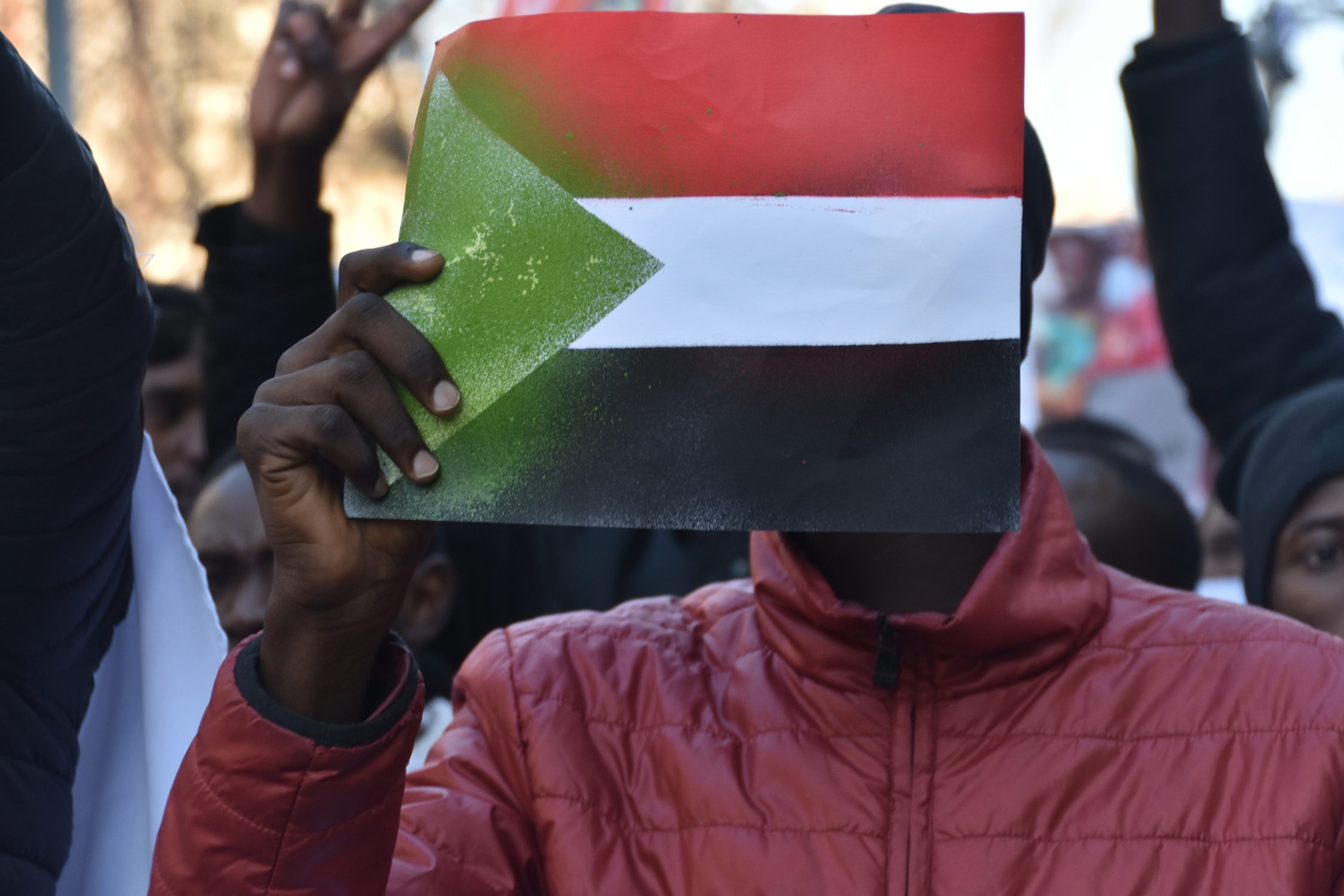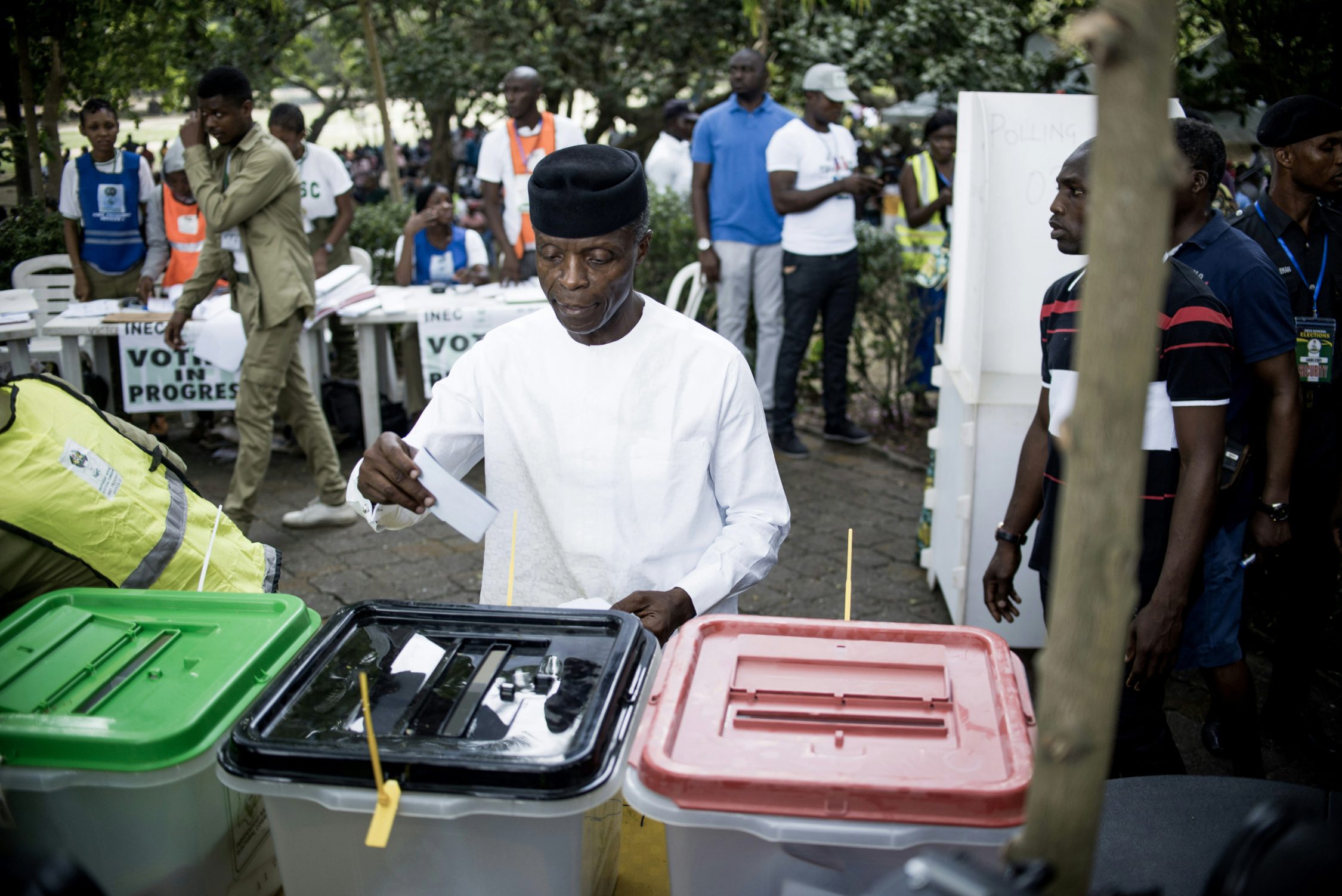Published in Foreign Policy on October 19, 2017.
In the battle of wills for Somalia’s future, the terrorist group al-Shabab struck a cruel and potentially lasting blow on Oct. 14. Not only did it kill more than 300 people in the largest terrorist attack in the country’s history; it shook the confidence of the Somali government and its domestic and international backers that they can stay the course in rebuilding the war-torn East African nation.
By committing conspicuous atrocities such as this, al-Shabab’s leaders signal that they have burned all their bridges, that negotiation with them is fruitless, and — most importantly — that they are still a potent threat. Al-Shabab has sustained its decadelong insurgency, maintaining control over a significant, albeit diminished territory, because it focuses relentlessly on the essentials — pounding the fragile U.N.-backed government and the international forces that prop it up while positioning itself as a credible alternative by efficiently administering the regions it controls. It has long been a better-run organization than its adversaries, including the corruption-plagued central government. Licit traders and smugglers alike do business with al-Shabab, because where its writ extends, its licenses and receipts are respected; there isn’t the arbitrary extortion and corruption that characterized warlord rule from the 1990s to the middle 2000s and still impede business in government-controlled areas today.
It is even possible that this cancer of corruption made the Oct. 14 bombing possible: Questions are already being asked about how the truck bomb was able to penetrate Mogadishu’s security cordon and whether al-Shabab had collaborators inside the government. That kind of doubt in the integrity of Somali institutions is exactly what the terrorist group seeks to sow.
Ever since the 2012 London Conference that heralded the transition from years of discredited transitional governments to today’s federal government, the new Somali order has been underpinned by a collective effort by international donors to rebuild the country and its institutions. Critics call it wishful thinking, disbelieving the idea that bickering Somali politicians and businessmen will work together with a diverse group of regional powers, including Ethiopia, Saudi Arabia, Turkey, and Qatar — and that a 22,000-strong mission of African Union troops can defeat al-Shabab on the battlefield. But Somalia’s many international backers are betting that they can outlast the extremist insurgency and that over time people will come to embrace the new government they are helping to stand up.
And indeed there are signs that it is working — if slowly and haltingly. Mogadishu is booming, resembling a giant construction site; the famously dynamic business community is investing; diaspora Somalis are returning (at least to visit). Turkey has just opened a vast military academy to help train the Somali army, a facility that early reports suggest may have been the actual target of Saturday’s bombing. (The driver reportedly panicked after being stopped by security forces and detonated his truck bomb in a central square where by tragic coincidence a fuel tanker was parked, causing a fireball that hugely magnified the blast.) Saudi Arabia is contributing cash directly to the national budget, and the United Arab Emirates is investing heavily in port infrastructure, although both countries have recently butted heads with the Somali government over its refusal to take their side in the Gulf dispute with Qatar.
But Somalia remains stuck in a protracted cycle of insecurity, dependent on peacekeepers with the African Union Mission in Somalia (AMISOM) who cannot remain forever. Ethiopian and Kenyan AMISOM troops began withdrawing from some areas in the last few months — allowing al-Shabab to reoccupy the strategic town of Bariire, close to Mogadishu — and that drawdown is scheduled to accelerate next year. The plan is to replace these troops with a new Somali national security architecture — army, police, coast guard, intelligence — that is trained and equipped by AMISOM and its partners. But the Somali security services are far from ready, rendering the AU and United Nations planning more of an exercise in political theater than practical planning. At the U.N. Security Council last month, the Somali ambassador and several other international officials quietly spelled out why an AMISOM withdrawal would be a “recipe for disaster.”
Still, the money has to come from somewhere. The European Union, which finances 80 percent of the AMISOM budget — down from 90 percent two years ago — is slowly cutting back on its funding. (A Barack Obama-era proposal to finance 75 percent of AU peace operations from U.N. member states’ assessed contributions has died under the current administration.)
Equally important, while Somalis recognize that AU troops, mainly from Ethiopia and Kenya, are necessary to fight al-Shabab, their presence is resented. The controlling role of historically antagonistic neighbors is an affront to Somali national pride, and Kenyan investigative journalists have uncovered evidence of corruption and violations of humanitarian law by the Kenyan army in Somalia. (There are no Ethiopian investigative journalists.)
The Mogadishu bombing makes any withdrawal planning moot. The Kenyans, Ethiopians, and the Somali army will now be under strong pressure to ramp up their offensive actions, aiming especially at the areas recently reoccupied by al-Shabab.
The bombing also highlights some of the dilemmas facing the Donald Trump administration, which has quietly ramped up the combat operations of U.S. Special Forces in Somalia. The first is whether to embrace the multilateral approach of the leading international players in Somalia — the African Union and the European Union — or continue to go it alone with its “America First” approach to foreign policy. For reasons of pragmatism, the Pentagon and State Department will likely want to match the multilateralism of the EU and AU, both of which have borne a significantly greater share of the human and financial costs of fighting al-Shabab. But that requires coughing up the funds for a peacekeeping operation with a long time horizon and coordinating military strategy with African militaries, things the Trump administration has seemed reluctant to do.
The second dilemma is whether to prioritize political or military action. Bitter experience has shown that the metrics most readily usable by military planners — territory captured, body counts, “high-value targets” killed — have no traction on the real progress of winning this war. Military strikes are primarily a fireworks display to impress the spectators, rather than a strategy for victory. Al-Shabab can continue to recruit, and each time a senior leader is killed, more radical lieutenants will take over.
This is a war that must be won politically as well as militarily. A common sentiment quietly muttered in Mogadishu is that the war will be won when “our Shabab” are stronger than “their Shabab.” In other words, the Somali government must cultivate a credible Islamist constituency of its own, winning over most of the political and financial backers of the Islamic Courts Union (ICU), the Islamist movement that briefly took control of Mogadishu in 2006 and from which al-Shabab emerged. Many of the leading figures from the ICU have already joined the political mainstream. Both President Mohamed Abdullahi Mohamed, known by the nickname Farmaajo, and his predecessor, Hassan Sheikh Mohamud, made an effort to include them as part of a broad-based government. And just two months ago, one senior al-Shabab commander, Mukhtar Robow, defected after protracted clandestine negotiations.
It’s impossible to say for certain whether this combined military and political strategy is working — and the worst possible time for a clear-eyed assessment is in the immediate aftermath of an atrocity with massive civilian casualties — but available evidence suggests that it is slowly inching the country forward. The challenge for Farmaajo and his international backers after Saturday’s horrific bombing is to stay the course, even if the bloodshed makes it feel as if they’re slipping backward.


